

This news might just compel you to "freeze". See why!
EdexLive Desk
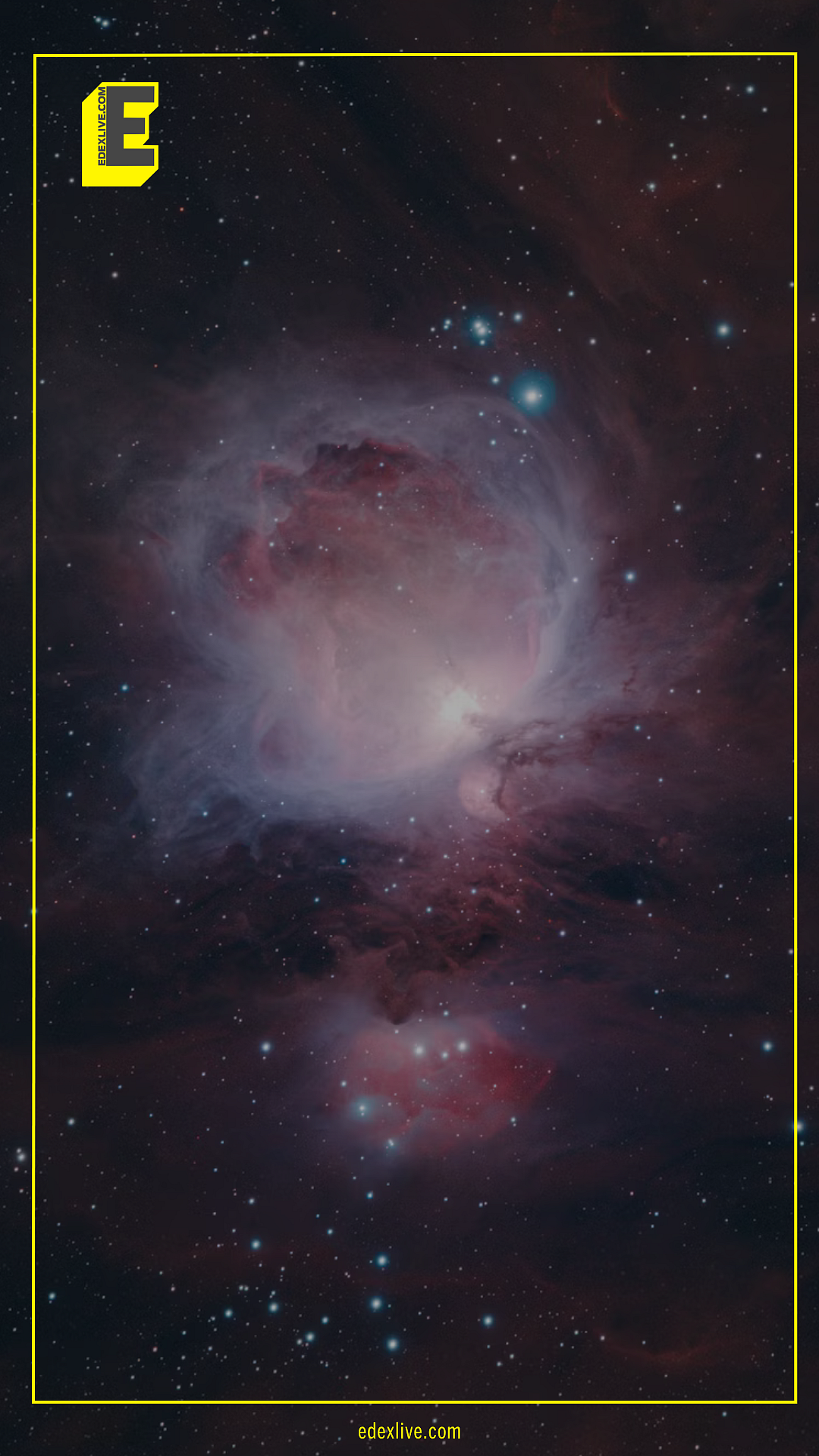
Astronomers using the James Webb Space Telescope (JWST) have made an exciting discovery: water ice in the massive protoplanetary disk surrounding a young star system, 114-426, located in the Orion Nebula.

Wondering why it's important? It offers fresh insights into how planets and essential materials, like water, form in star systems.
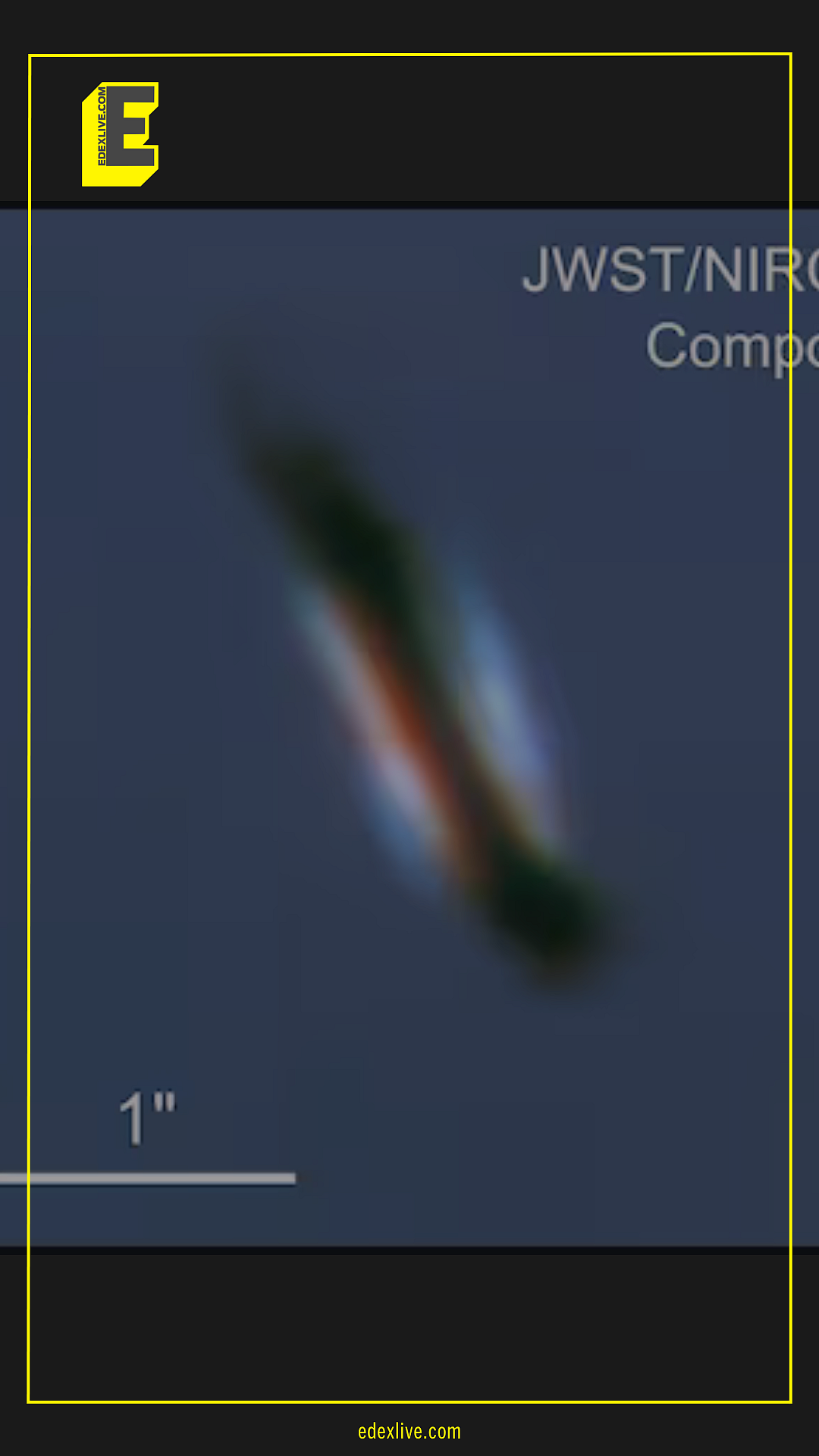
The research team detected a key signature of water ice at a wavelength of three microns — an unmistakable sign of frozen water coating dust grains in the disk.
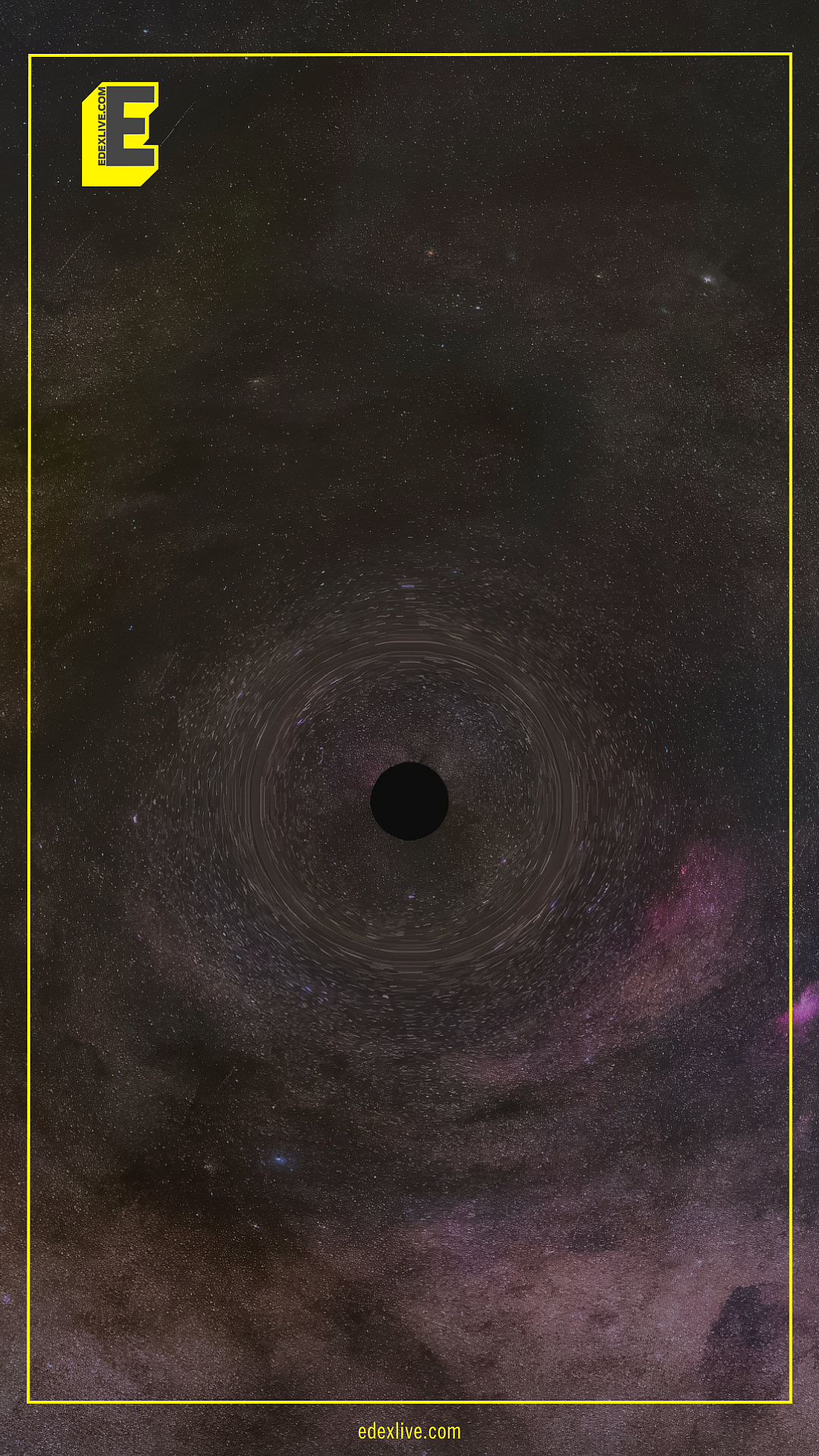
This discovery reveals the role of water ice in the formation of planets.
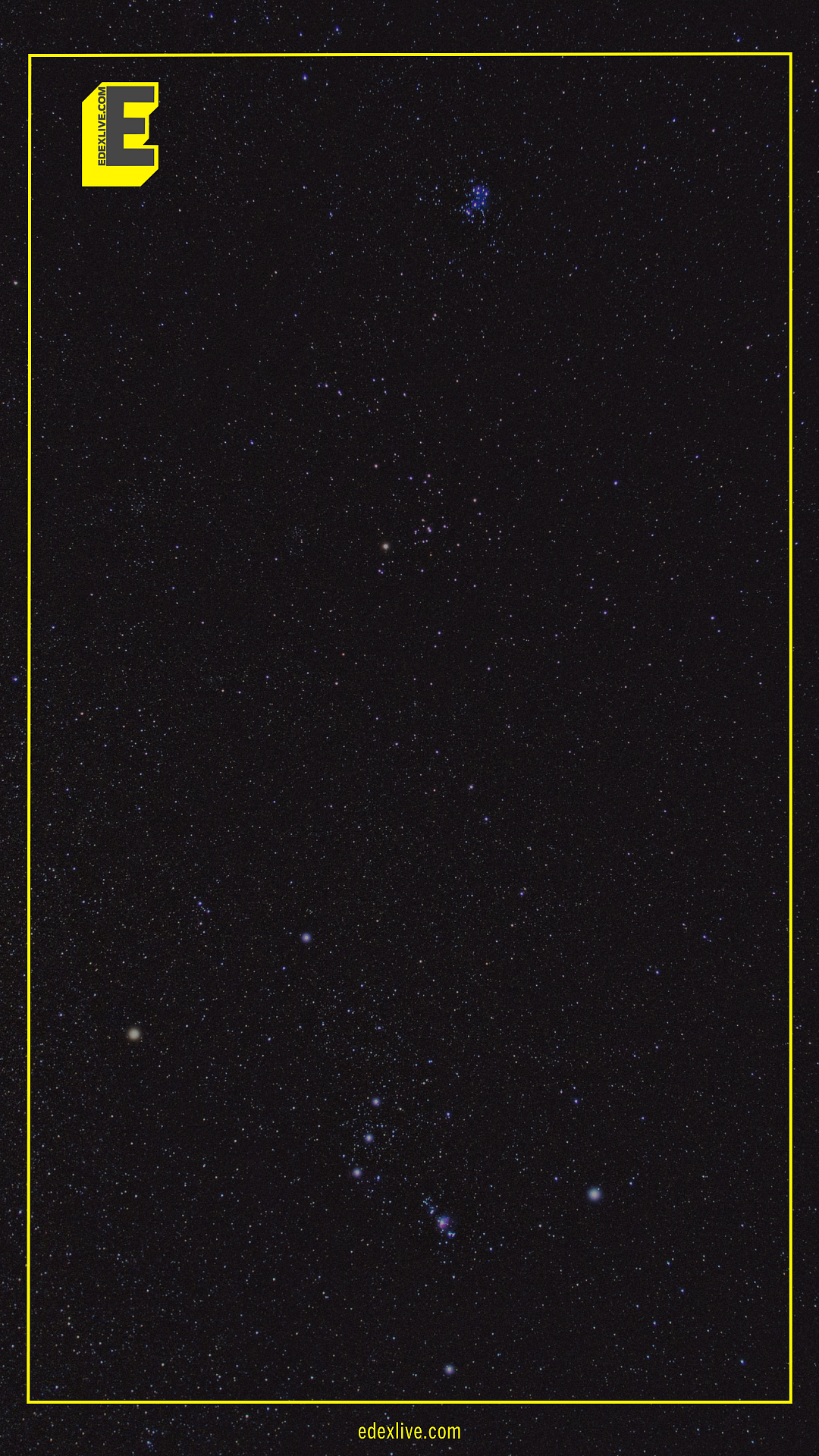
By studying systems like 114-426, scientists can trace the origins of water in our solar system and beyond.

Water is not just important for planet formation — it's essential for life as we know it.
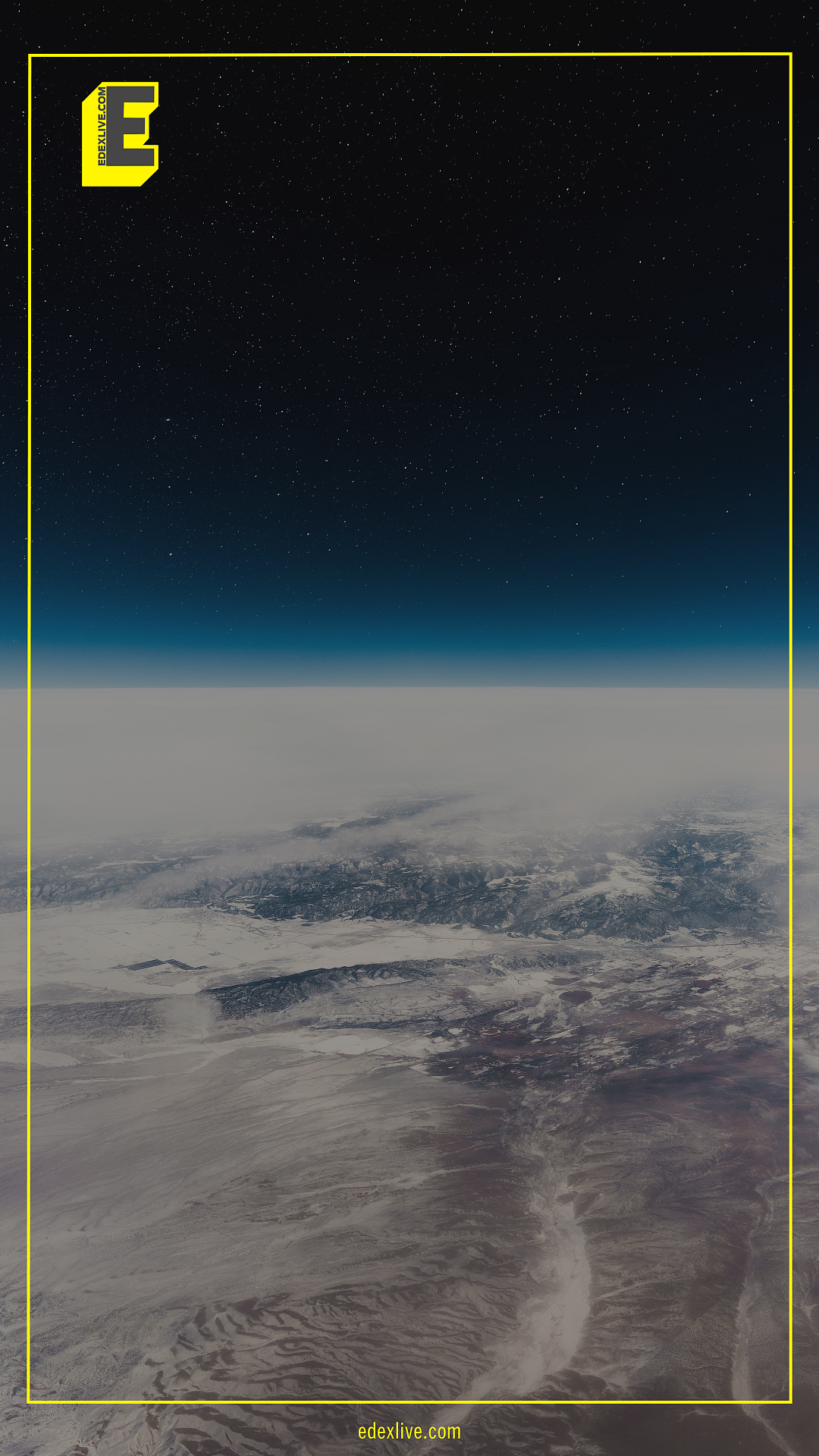
The discovery of water ice helps scientists understand the conditions necessary for planets to support life and become potentially habitable. A new Earth on the horizon?
